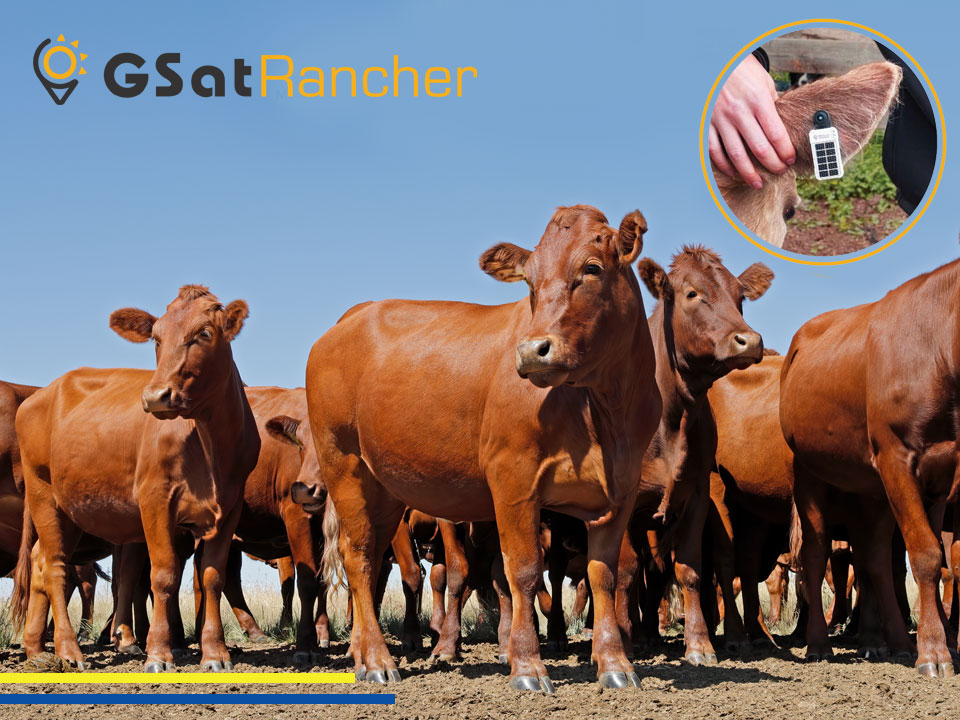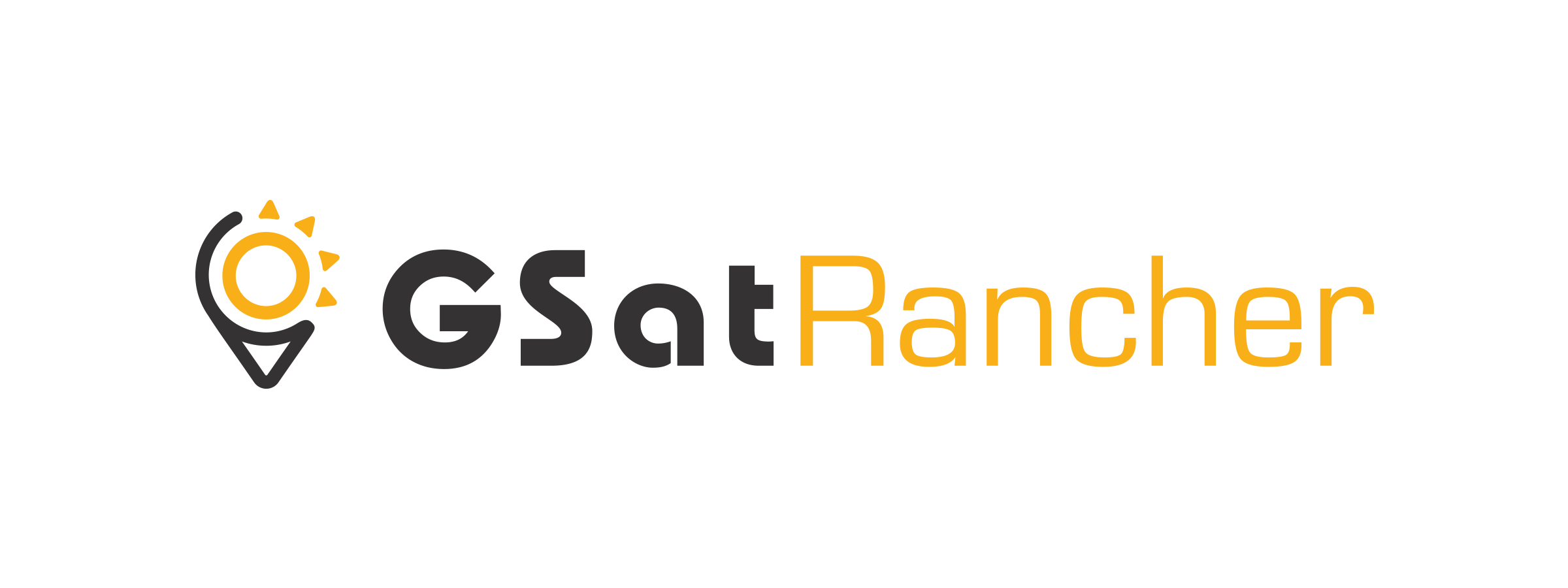+27 71 212 5715 danie@dcii-hawkrisk.co.za
+27 71 212 5715 danie@dcii-hawkrisk.co.za

Any person who is found in possession of stock or produce regarding which there is reasonable suspicion that it has been stolen and is unable to give a satisfactory account of such possession shall be guilty of an offence.
Unemployment and the drought, both of which are beyond farmers' control, appear to be the main causes of stock theft. In addition, a recent RPO study of the effects of the drought estimates that the national cattle herd has decreased by about 15% and the sheep flock by about 14%.
However, my findings confirm that perpetrators of livestock theft come from different race, ethnic, socio-economic and cultural backgrounds, where the motives include both greed and need. The criminal element doesn't exclude respected, trusted and sophisticated individuals who steal without empathy for their victims.
Rural communities regard livestock as "living wealth", and they are often their only source of income and sustenance. Thus, when their livestock are stolen many households and subsistence farmers lose their livelihoods.
Implementing a good security system, using identification methods, building good relationships with neighbours, educating yourself on local laws and regulations, and joining local farmer's association or crime prevention forums are all important steps to take to protect your livestock from theft.
Livestock theft is a serious issue that affects farmers in many parts of the world, especially in South Africa. It not only results in an estimated financial loss of up to R3 billion per year, but severely threatens the physical security of farmers and their loved ones. To protect your livestock from theft, it’s important to take proactive steps to secure both your property and your animals.
Traceability in the context of stock theft refers to the ability to track and document the movement and ownership of livestock throughout their lifecycle. This includes recording information such as origin, ownership transfers, movements, and any other relevant data to ensure accountability and enable authorities to trace stolen animals back to their rightful owners. It helps in identifying stolen animals, investigating theft cases, and ultimately reducing livestock theft through better monitoring and enforcement.
Livestock biometrics is a way of identifying an animal using a pattern recognition system based on the physical attributes of an animal. Used for livestock identification, traceability and health and welfare assessments, livestock biometrics can enhance efficiency, productivity and sustainability on your farm.
Dr.Phillip Zalda developed software of face recognition on cattle. “The identification algorithm profiles a cow in a way that produces the same outcome as unique as fingerprints on humans.”
To solve these major problems, the muzzle (nose) point image pattern of cattle is a suitable and primary biometric characteristic for the recognition oof cattle. The recognition of muzzle point images is similar to the recognition of minutiae points in the human fingerprints.

Hawk Risk presents the GSatRancher Solar Satellite Tracker device which was designed with the specific goal of providing the tracking market with a low-cost, compact, satellite-based terminal that can be used in conjunction with the industry’s best telematics visualization platform, Hawk Solar Satellite Tracker, to deliver a much-needed accessible data solution. Its design and functionality make it perfect for off-grid tracking of lower-cost assets, remote IoT operations, and livestock tracking. Adding data intelligence to these industries has previously yielded quandaries related to cost-effectiveness and network connectivity, each of which have been alleviated by the introduction of the Hawk Solar Satellite Tracker Series.
Each GSatRancher Solar Satellite Tracker Series device is a pocket-sized tracker suitable for mounting on almost any asset. Measuring just 58mm (2.2”) on its longest side, the terminal is perfectly sized, and its form factor intentionally designed to be ideal for, but not limited to, livestock applications in the agriculture industry. Its small size also lends to the terminal's usefulness in tracking smaller assets that can't support mounting of larger, more cumbersome devices that are prevalent throughout the market.
Weighing just 22.2 grams (0.783 oz), each GSatRancher Solar Satellite Tracker Series device has been weight-tested to be suitable as an ear tag for any beef or dairy cattle, and for most other livestock it can track. This lightweight design is a critical feature for the device’s success in any market.
The GSatRancher Solar Satellite Tracker's low up-front investment and controlled monthly operating rates allow people and organizations to invest in a tracking solution for lower-cost assets, and to manage their budget with non-variable monthly tracking costs. In the satellite market, airtime cost fluctuations have been barriers to tracking, and the Hawk Solar Satellite Tracker provides an elegant solution with its fixed-rate plans.
The GSatRancher Solar Satellite Tracker is a rugged terminal that was designed with the intent to be used outdoors and continue to operate reliably even in harsh conditions. The device is completely sealed and self-contained in its durable case and has an Ingress Protection rating of 67 (IP67). Materials used in the creation of the case were chosen for their strength, temperature resistance, and animal safety. There are even industrial design elements included in the Hawk Solar Satellite Tracker that help prevent pooling of water, snow, and ice or buildup of dirt and mud on the surface of the solar panel.
One of the best things about the GSatRancher Solar Satellite Tracker's simple design and functionality is that just about anyone can track assets with little to no understanding of tracking technology. Each unit comes ready to track, and only requires the user to mount it to their asset to begin collecting data. Once it's on the asset, the terminal takes care of the rest, and the tracking portal will display the location data after the device has been in the sun long enough to charge and send its first report. No engineering degree, no maintenance, and no hassle required!
Because there are so many different uses for the GSatRancher Solar Satellite Tracker, the mounting mechanisms were designed to be able to accommodate the needs of dozens of industries and hundreds of different asset types. Each unit has grooves on its sides that can work with third party products like clip mounts, as well as tie bars that work with strap mounts. This design provides endless possibilities for future development, and also allows end users to create custom mounting mechanisms that work with the pre-existing options.
The GSatRancher Solar Satellite Tracker is a satellite terminal, which is a critically important piece of its ability to deliver IoT and remote range functionality. Most low-cost trackers that exist for small assets are not capable of reporting outside of terrestrial network range, and the GSatRancher Solar Satellite Tracker leverages the satellite network for off-grid solutions. Anywhere a GSatRancher Solar Satellite Tracker can see the sun and a satellite, asset managers can track their unit.
South Africa’s leading Executive and VIP protection agency
JOHANNESBURG
MANAGING DIRECTOR
FINANCIAL DIRECTOR